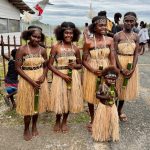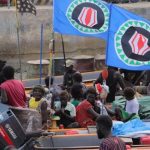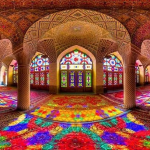North Korea’s 20×10 Policy, introduced in 2024, represents one of the boldest domestic development strategies the country has undertaken in decades. The principle behind it is straightforward: develop 20 counties each year for the next 10 years. These areas are to be transformed with new housing, industry, cultural institutions, and health facilities.
Although many campaigns in North Korea have previously ended in partial success or quietly disappeared, this one appears to be different. Construction is happening. Factories are running. Entire counties are being reshaped before the eyes of both residents and outside observers.
Table of Contents
Songchon and Yonthan: Blueprint Counties
Two counties stand out in the first wave of the policy. Songchon in South Pyongan Province received seven personal visits from Kim Jong Un in 2024. He praised the progress and labelled it the model for the rest of the country. According to 38 North, three factories were completed within a year, producing essentials such as soap, processed foods, and textiles.
Yonthan County was also part of this pilot phase. It saw rapid industrialisation, along with housing developments and new civic infrastructure. Both counties were chosen for their strategic locations and were seen as testing grounds for how quickly and efficiently regional hubs could be modernised.

Kimhwa and Jaeryong: Quiet Success Stories
Kimhwa County in Kangwon Province had already undergone improvements before being officially folded into the 20×10 program. It became something of a proof-of-concept. Jaeryong County in South Hwanghae Province has also been a standout. In early 2025, Kim Jong Un visited and described its new factories and cultural sites as evidence of what can be achieved when local authorities fully commit to the central plan.
These developments go beyond industry. There are new apartment blocks, clinics, cultural halls, and recreational parks, all part of a push to stop the exodus of young people from the countryside.
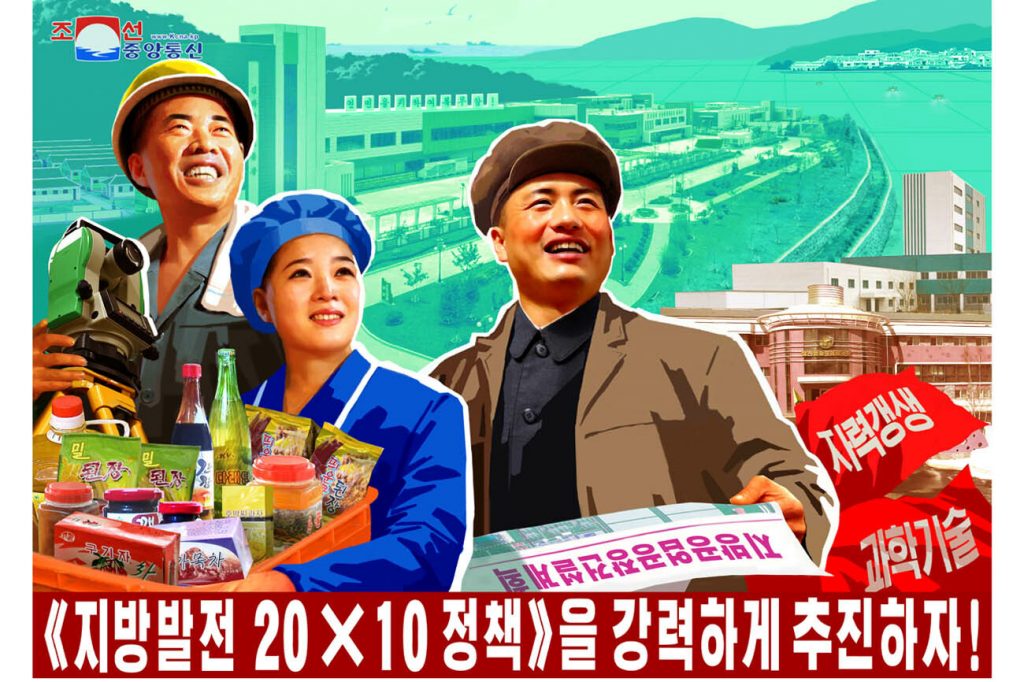
Sinpho and the Aquaculture Angle
In the coastal city of Sinpho, the policy has taken a different turn. A major fish processing plant was completed by the end of 2024. In a visit covered by Reuters, Kim Jong Un highlighted it as a major contributor to the improvement of diet and self-sufficiency in the east of the country.
Sinpho also demonstrates that this policy is not one-size-fits-all. Coastal counties will have maritime infrastructure and fish farms. Mountainous areas will focus more on light industry and agrarian support. The policy is being shaped around the geography of each location.
The Wider Map of Development
In addition to the counties already mentioned, other known sites undergoing transformation include:
- Kangdong County, near Pyongyang, known for new health centres and pharmacies
- Orang County in North Hamgyong Province
- Ryonggang County, reportedly focusing on agricultural reform
- Gyongsong, also in the northeast, undergoing a mix of industrial and cultural development
All are part of what the government is calling a balanced national push, and all have been confirmed via satellite analysis from 38 North.
Healthcare, Culture and Civil Infrastructure
What makes the 20×10 Policy unusual is its comprehensive scope. New regional hospitals, dental clinics, and pharmacies are being built, particularly in the areas surrounding Pyongyang and the eastern coast. Sports halls, theatres, and education centres are also part of the mix. This is not just a matter of productivity. It is also about giving people a reason to stay.
The hope is that entire families will find better livelihoods without needing to migrate to major cities. This aligns with broader social engineering goals to repopulate and stabilise rural areas that have seen chronic decline since the 1990s.
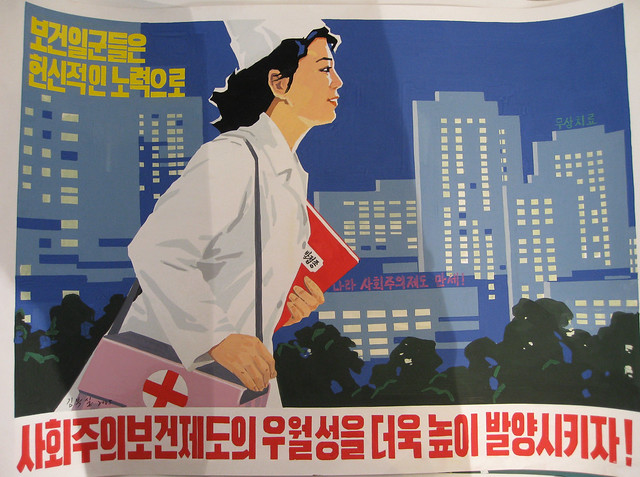
Central Control, Local Implementation
The projects are centrally planned but locally executed. While work brigades remain part of the labour force, construction methods appear more advanced than in previous campaigns. According to NK Leadership Watch, Kim Jong Un has been personally involved in many of the layout and output decisions. His repeated site inspections and published feedback have given the initiative real political momentum [].
Resources are being prioritised, and so far, there is no sign of backtracking or delay. If anything, new counties are being prepped for year two of the plan, with attention shifting northward to areas like Hoeryong and Onsong.
Will the 20×10 Policy last?
While external observers remain cautious, there is broad consensus that this is not a symbolic effort. Analysts from The Asan Institute note that while the policy is heavy-handed and resource-intensive, it is delivering visible outcomes. That alone sets it apart from earlier rural programs in the country.
The long-term challenge will be sustainability. Some worry that agricultural land is being sacrificed for factories. Others question whether there will be enough skilled labour to support these facilities long-term. Still, the centralised nature of the DPRK’s government makes it easier to allocate manpower, housing, and transport on a strategic level.
A New Chapter for Rural North Korea?
The 20×10 Policy may not revolutionise the country overnight, but it is clearly transforming how rural areas are seen and supported. More importantly, it is being done in a way that fits into North Korea’s vision of self-reliance and centralised governance.
For outsiders—whether journalists, analysts, or intrepid travellers—this is one of the most important internal transformations to watch. These sites, previously little more than dots on the map, are now becoming living examples of the DPRK’s modernisation strategy.
The next few years will determine whether 20×10 is remembered as a turning point or just another chapter in the country’s long history of campaigns. But for now, it seems like something genuinely different is taking shape across the North Korean countryside.
And who knows, we might even one day be able to show you this on a North Korean Tour.



